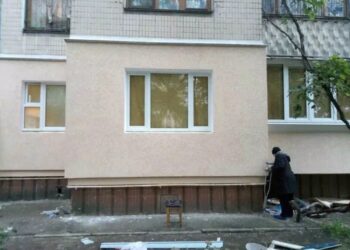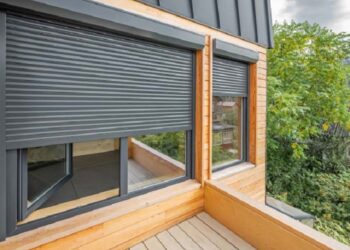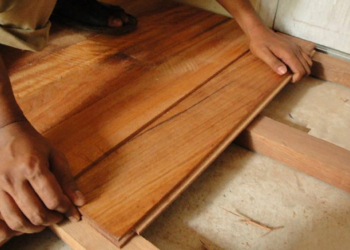In the city bustle or in the open spaces of suburban roads, when our car is thrown on potholes, we take our hands from the steering wheel and pronounce the next, excited “eh ..!””. I recall the beaten wheels, blatted rods, ball supports, etc.D.
Of course, Italians are good: their ancestors in the 4th century BC.e. From Rome to Kapuy built an appaughter road consisting of 4 layers, with a total thickness of 1.0-1.25 m, where each layer is made of stone materials of various sizes, decreasing from the lower layer to the upper, fastened with mineral binding.
The wrong road composition leads them to destruction due to the fact that we have the surface of the carriageway of city streets and tracks strengthen with road clothes. The thickness of the road clothing is taken within 40-60 cm. Let’s look at the composition of the roads:
The underlying layer is made of filter materials: stone, slag, gravel, gravel, as well as sand. It also performs draining and heat -insulating functions.
Coatings are divided into improved, transitional and simple types.
Improved-cement-concrete, reinforced concrete (prefabricated and installation), asphalt concrete, mosaic, span.
Lightweight-made of bitumen-mineral mixtures and cold asphalt, crushed stone and gravel, processed by astringent materials.
Transitional-cobblestone, soil-asphalt, soil processed by astringent materials.
What still leads to destruction? Incorrect composition?
For asphalt concrete coatings, this is the aging of bitumen due to chemical transformations, as a result of which transverse cracks appear, when the distance between them is less than 1.5 m, longitudinal cracks appear and coatings are quickly destroyed.
As for cement-concrete and concrete coatings, they are more durable, this showed the experience of operating roads in the USA, England, France, the GDR. The wrong composition of such coatings leads to moisture in temperature seams.
And yet, what causes our excited “eh…!””? Scientists say that the car vibrations cause irregularities, but not all:
Bent irregularities do not matter if the wheel is freely rolling through them;
Short irregularities 3-6 mm high, as a rule, lead to tire deformation;
Obstacles with a radius of 30 mm cause additional dynamic loads within 10-40 % of the average;
Wave -like irregularities with a length of less than 100 mm are limited only to sound vibrations;
The irregularities between the slabs of concrete coatings always entail the rise or lowering of the entire car and cause additional dynamic loads.
In one of the monographs, the following example is given: “… the length of the wave of irregularities of 4 m causes the resonance of the body vibrations and the pulsating effect on the coating at a speed of 35 km/h/h. At a speed of 160 km/h in resonance, only the wheels participate “.
Thus, the folk saying “More speed is less than pits” finds confirmation in the writings of scientists.














